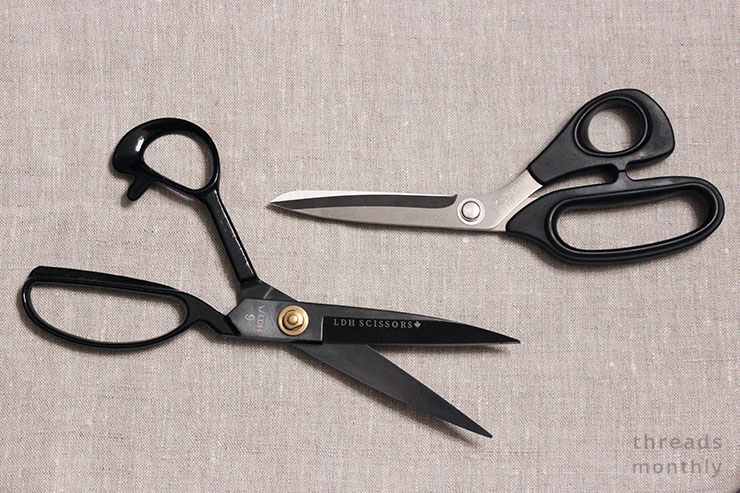Cutting tools are an essential part of many industries, including manufacturing, construction, and automotive. They are used to cut, shape, and form materials into the desired shape or size. With the increase in demand for precision cutting, scientific cutting tools have become a popular choice among professionals.
Scientific cutting tools use advanced technology and materials to provide precise and efficient cutting. They are designed to meet the demands of modern production processes that require high accuracy and quality. In this article, we will explore the benefits of using scientific cutting tools and how they can improve your work efficiency.
Benefits of Using Scientific Cutting Tools
1. High Precision
Scientific cutting tools are designed to provide high precision in cutting. They use advanced technology such as computer-aided design (CAD) to ensure accuracy in every cut. This level of precision is essential for industries such as aerospace, medical devices, and electronics where even a small error can cause significant problems.
2. Longer Tool Life
Another benefit of scientific cutting tools is their longer tool life. They are made from high-quality materials that can withstand wear and tear over extended use. This means that they do not need to be replaced frequently, reducing downtime and costs associated with tool replacement.
3. Improved Efficiency
Scientific cutting tools are designed to operate at high speeds while maintaining accuracy. This allows for increased productivity and reduced production time. With these tools, you can achieve faster turnaround times while still maintaining the same level of quality.
4. Versatility
Scientific cutting tools come in a wide range of shapes and sizes, making them suitable for various applications. Whether you need to cut hard metals or soft plastics, there is a tool available that can meet your needs.
Types of Scientific Cutting Tools
1. End Mills
End mills are one of the most commonly used scientific cutting tools. They are used to create complex shapes and curves in materials such as metal, plastic, and wood. They come in a variety of sizes and shapes, including square end, ball nose, and corner radius.
2. Drills
Drills are used to make holes in materials such as metal, wood, and plastic. They come in various sizes and styles, including twist drills, step drills, and center drills.
3. Reamers
Reamers are used to smooth out the surface of a hole after drilling. They improve the accuracy of the hole and can also increase its size slightly. Reamers come in different types such as straight-flute reamers, spiral-flute reamers, and tapered reamers.
4. Taps
Taps are used to create threaded holes in materials such as metal or plastic. They come in various sizes and styles, including hand taps, machine taps, and spiral point taps.
Conclusion
In conclusion, scientific cutting tools offer a range of benefits that can help improve your work efficiency. With their high precision, longer tool life, improved efficiency, and versatility, these tools are an excellent investment for any industry that requires high-quality cutting.
When choosing scientific cutting tools for your business or project, it is essential to consider factors such as material type, application requirements, and budget. By doing so, you can ensure that you get the best tool for your needs.
Reference:
Scientific Cutting Tools – https://www.sct-usa.com/




